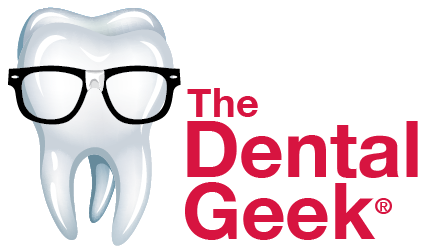Direct-to-Consumer Aligners: The Rise of DTC Clear Aligners
The Direct-to-Consumer industry has aroused considerable controversy among dental professionals. It has impacted many dental fields, and Orthodontics is undoubtedly one of them. Nowadays, many companies offer DTC clear aligners as a more affordable alternative to traditional, dentist-supervised alignment treatments.
This new system might not count with the dental community approval, but it is a fact that DTC aligners are here to stay. A survey by Virginia Commonwealth University invited patients interested in getting clear aligners to state their preference in provider type for clear aligner therapy, and the results were impressive. Out of 100 patients, 35 would choose DTC aligners over a supervised treatment by an orthodontist or a qualified general dentist.
DTC aligners companies basically offer the same clear aligners that dentists provide to patients to correct misaligned or crowded teeth. The main difference is that the patient doesn’t need to have regular checkups with a dentist or an orthodontist, so the treatment is practically not supervised. To begin the treatment, patients can either visit a center where they are seen and scanned by a dentist (in some places, x-rays are also taken) or get a DIY impression set delivered to their house (they take their own impressions and post them back to the company). It’s this latter, do-it-yourself option that worries dentists the most.
Although DTC aligners might work in mild to moderate cases, the central problem is that, in many cases, patients don’t even have direct contact with an orthodontist or general dentist. This is a significant inconvenience for two reasons. First and foremost, not all patients are eligible candidates for this type of treatment. Many severe cases still need to be solved with fixed orthodontic appliances. And second, moving teeth without clinical examination and radiographic evaluation can have a detrimental effect on the overall health of teeth and gums. It can even result in permanent tooth loss. Not to mention the fact that several issues need to be solved before orthodontic treatment, as they can severely compromise the final results.
So why are DTC aligners so popular? We need to accept this new reality and reflect on why more and more patients choose unsupervised dental treatment. The survey previously mentioned also revealed the two main reasons why this system is growing in popularity—cost and convenience. People prefer to save time and money rather than undergoing supervised treatment.
In the hectic and complicated times we live in, it’s understandable why people choose DTC aligners. However, we should highlight another problem of this new industry: many don’t have access to trustworthy information that can shed some light on the risks and disadvantages of getting DTC aligners without professional advice. Most websites have low readability scores, which implies that the content in those websites isn’t clear enough. And in many cases, they directly fail to inform patients on certain key aspects that would influence their final decision.
And this is when dentists should step up. We cannot forbid this kind of treatment or deny a more accessible alternative to patients who otherwise wouldn’t get orthodontic treatment. Instead of talking them out of DTC aligners, we can try to honestly explain the risks and benefits of this therapy so that they can make a sensible decision regarding their oral health.
We can even think of alternatives to meet this problem halfway and offer services like a professional diagnosis previous to the aligners or even a professional oversight of the treatment. As health advocates, we should always think about each patient’s possibilities and try to give them dental attention that meets their needs.
References:
https://scholarscompass.vcu.edu/etd/5766/
https://www.sciencedirect.com/science/article/abs/pii/S0889540619309692

Thanks for taking the time to share this wonderful article with us. I enjoyed stopping by your blog and going over all the excellent posts that you provided. I hope to see more from you in the near future on these different topics. Have a great rest of your day.
These clear aligners are the best
Paula, really good, well thought out post. As a digital marketer I’ve been wondering the same things regarding DTC clear aligners and how to help dentists and orthodontists steer the ship back towards supervised orthodontic treatment. From my perspective, as a digital marketer, I can in fact get the word out to a large audience. If you’d ever like to work on this together, please get in touch: greg@pinpointify.com